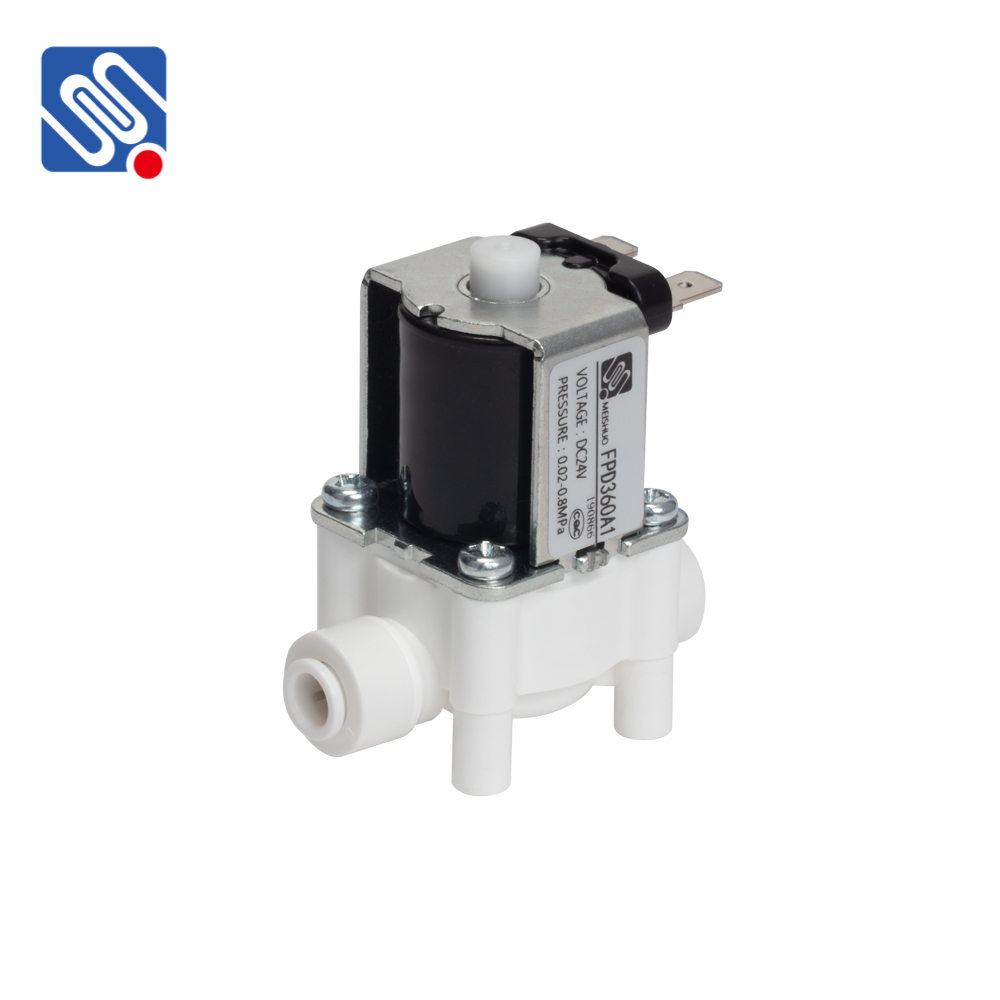A Normally Open Solenoid Valve (NOSV) is a vital component in many industrial and residential applications where the control of fluid flow is necessary. Solenoid valves, in general, are electromechanical devices that control the flow of liquids or gases through a system. The term “Normally Open” refers to the valve’s state when it is not powered — meaning that the valve remains open, allowing fluid to pass through until an electric current activates it to close. This feature sets it apart from the “Normally Closed” solenoid valve, which is closed when not energized and opens when powered. Understanding the working principles, applications, and benefits of NOSVs can help in optimizing various systems such as irrigation, HVAC systems, and manufacturing processes.

The Working Principle of a Normally Open Solenoid Valve The fundamental working principle of a Normally Open Solenoid Valve revolves around its solenoid — a coil of wire that generates a magnetic field when electricity flows through it. The valve itself is made up of a plunger, a spring, and an opening. In the unpowered state (default state), the spring pushes the plunger away from the valve opening, keeping it open and allowing fluid to flow freely. When power is supplied to the solenoid coil, it generates a magnetic field that pulls the plunger towards the valve seat, closing the opening and stopping the flow of fluid.